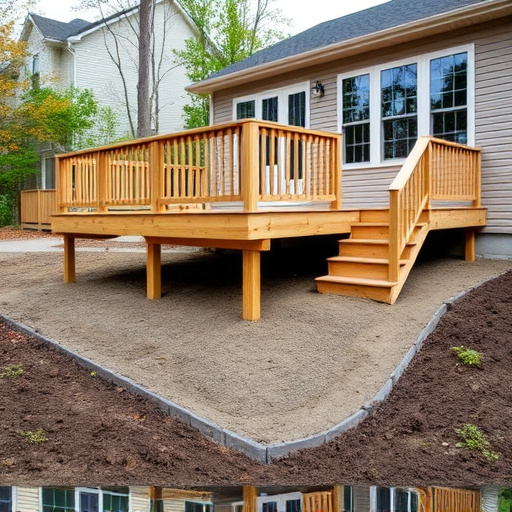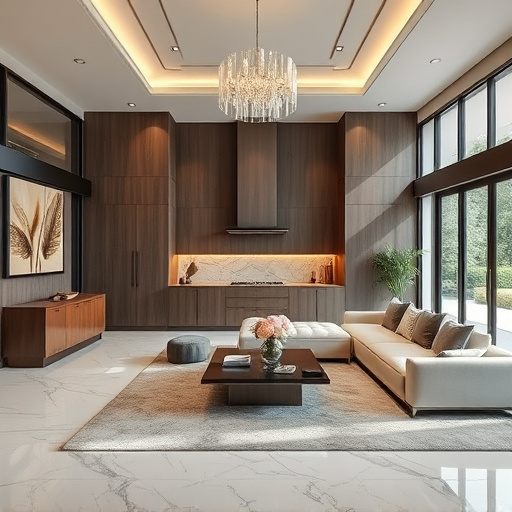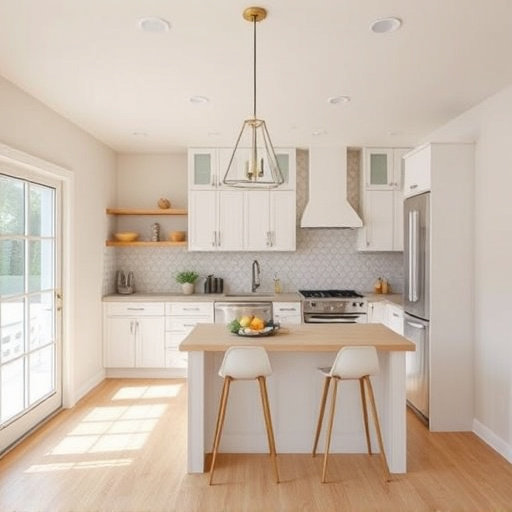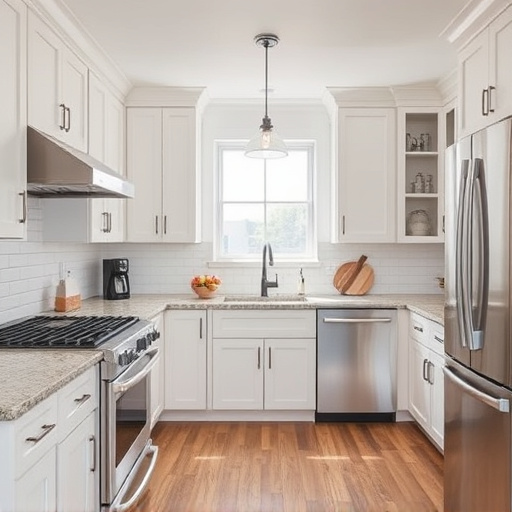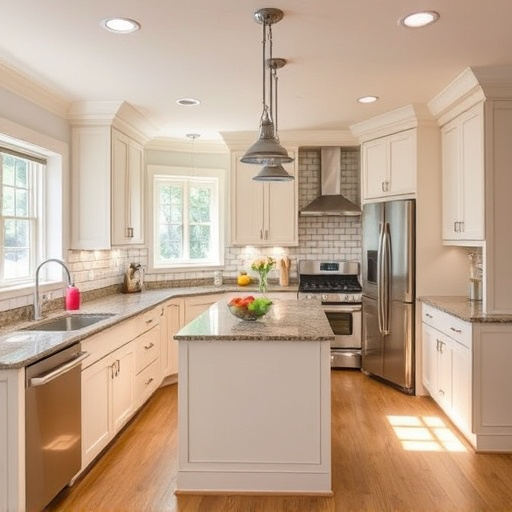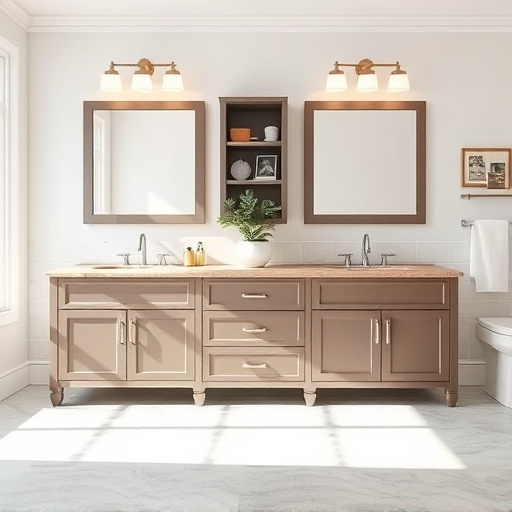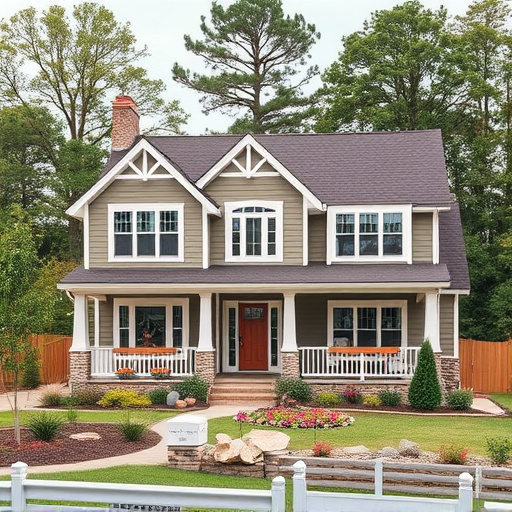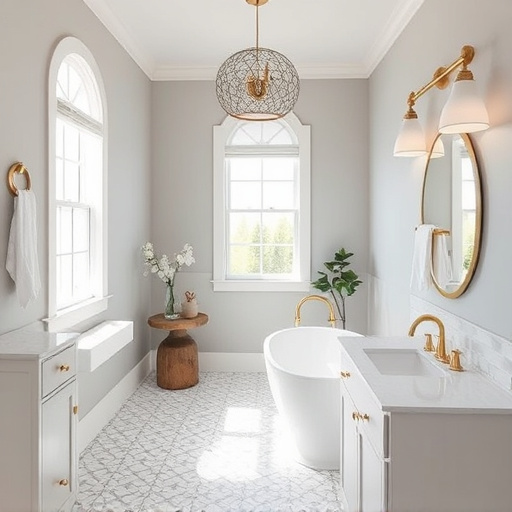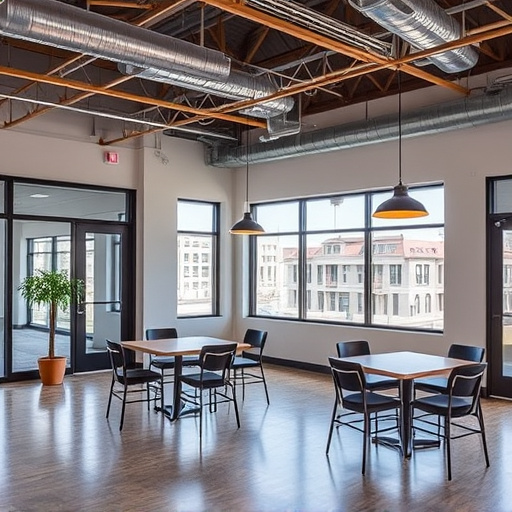Precision in countertop design is key to achieving both functionality and aesthetics in kitchens and baths. Beyond surface area, accurate spatial measurements are crucial for practical features like depth and unobstructed views. Material selection is vital, with different options (granite, laminate, quartz) requiring specific care and impacting space harmony; thorough research prevents maintenance issues and costly mistakes. Prioritize practicality, lifestyle, and future needs for a countertop design that enhances home value and daily routines.
Planning a countertop install can be exciting, but common mistakes await the unwary. To ensure your new countertop fits seamlessly into your space and lifestyle, avoid these pitfalls: overlooking crucial measurement and proportions, neglecting functionality and workflow, and choosing materials without thorough research. This guide explores these blunders in detail to help you navigate countertop design successfully.
- Overlooking Measurement and Proportions
- Ignoring Functionality and Workflow
- Choosing Materials Without Research
Overlooking Measurement and Proportions
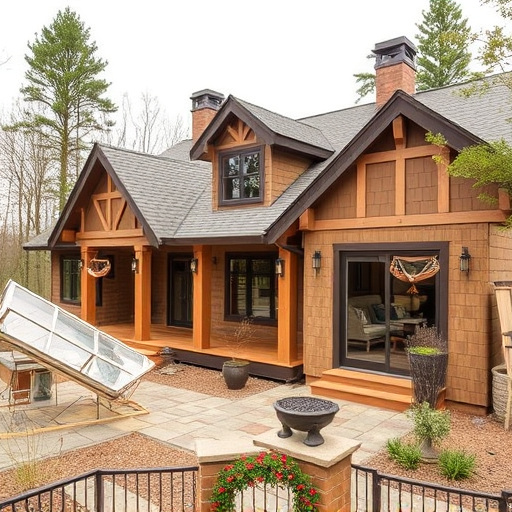
Many homeowners tend to overlook the importance of precise measurements and proportions when planning their countertop design, a move that can lead to significant issues down the line. Countertops are integral components of both kitchen and bath spaces, playing a pivotal role in defining the functionality and aesthetics of these rooms. During the initial planning phase, it’s crucial to measure the available space accurately, considering not just the counter’s surface area but also its depth and height. This is particularly important for fitting countertops seamlessly into existing layouts without creating obstructions or wasting valuable space.
In the pursuit of a stylish design, some individuals focus excessively on aesthetics while neglecting the practicality aspect. Balancing form with function is essential in countertop selection to ensure these functional spaces remain efficient and user-friendly. For instance, choosing a countertop with inadequate depth for food preparation or a pattern that obstructs the view can create more harm than good. Thus, it’s advisable to prioritize measurements and proportions, keeping in mind the overall interior painting and design theme, to avoid such pitfalls.
Ignoring Functionality and Workflow
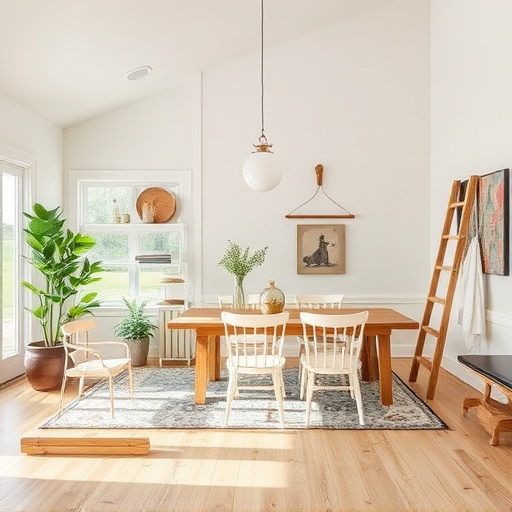
When planning your countertop design, it’s easy to get swept up in aesthetics and forget about practicality. Countertops serve a vital role in your home’s functionality, so ignoring their impact on your daily workflow can lead to frustration and inefficient use of space. Ensure your design aligns with your lifestyle and habits—consider how you’ll interact with the surface. For instance, if you’re a family with frequent meal preparation, opt for materials that are easy to clean and withstand high temperatures. Moreover, think about the overall flow of your kitchen; do you want a sleek, minimalist look or a more functional layout that accommodates various tasks?
In the realm of home renovation, customized work can elevate your space, but it’s crucial to balance custom features with practical considerations. Renovation services often provide an opportunity to redesign your countertop to suit your unique needs and preferences. Whether you’re aiming for a modern, minimalist design or a more traditional aesthetic, integrating functionality into your countertop choices will ensure a satisfying result that enhances your home’s value and serves your family well into the future.
Choosing Materials Without Research
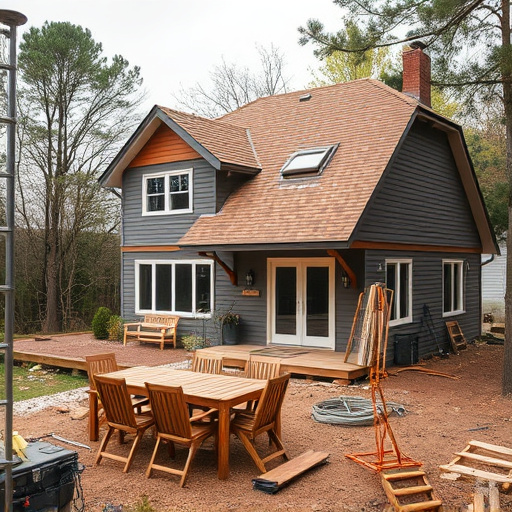
Selecting materials for your countertop design without proper research can lead to a number of issues down the line. It’s crucial to understand that different materials have distinct care requirements, durability ratings, and aesthetics. For instance, while granite might be visually stunning and highly durable, it requires specialized sealing and cleaning compared to laminate or quartz countertops. Ignoring these nuances could result in an unmanageable surface over time, potentially damaging your investment in a whole house remodel or renovation services.
Moreover, the choice of material can significantly impact the overall look and feel of your space. What works beautifully in a modern kitchen might clash with the traditional aesthetic of your bathroom. Taking the time to research materials will not only prevent costly mistakes during exterior painting or renovation services but also ensure that your countertop design seamlessly integrates into your home’s existing style, creating a harmonious and inviting living environment.
When planning your countertop design, avoid common pitfalls like overlooking crucial measurements, neglecting functionality, and selecting materials without thorough research. Getting these aspects right is essential for creating a beautiful, practical, and long-lasting countertop that truly enhances your space. Remember to measure thoughtfully, prioritize workflow efficiency, and choose materials that meet both aesthetic and performance needs. By doing so, you’ll be well on your way to achieving the perfect countertop design.





